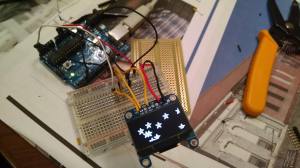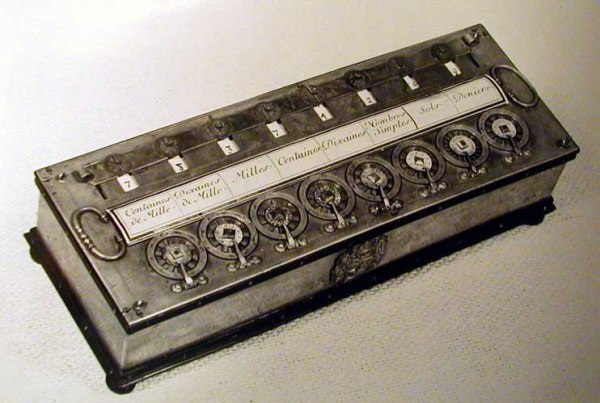Wearables are the next frontier of amateur electronics, and [Kevin]’s Arduboy ring (link dead, try Internet Archive) is one of the best examples we’ve seen yet.
Inside the Arduboy is an nRF51822 – a chipset with Bluetooth Low Energy, an ARM Cortex M0,256k of Flash, and 16k of RAM. There’s also a an OLED and a touch button for displaying notifications from a phone, with the ability to reply to these notifications.
The enclosure for the ring is rather interesting. It’s a bit thick, but that’s for a reason – there’s a 40mAh battery stuffed along the sides of the ring. The enclosure itself is 3D printed to spec, and contrary to some beliefs, there’s nothing wrong with bending a LiPo cell once. Sure, it only has four hours of battery life with the display on, but it has a 24 hour battery life in standby mode, making it almost useful as an everyday wearable.
This is [Kevin]’s second wearable, the first being the Ardubracelet, an extremely interesting OLED bracelet with three different displays. The Arduboy is much more compact and comes extremely close to looking like a product. You can check out the video of it below.




 We hope [davish] enjoys his new
We hope [davish] enjoys his new  If you didn’t win this week, all is not lost, you still have one more chance to win a random drawing! Our next drawing will be on 12/30/2014 at 9pm EST. The prize will be a
If you didn’t win this week, all is not lost, you still have one more chance to win a random drawing! Our next drawing will be on 12/30/2014 at 9pm EST. The prize will be a 













